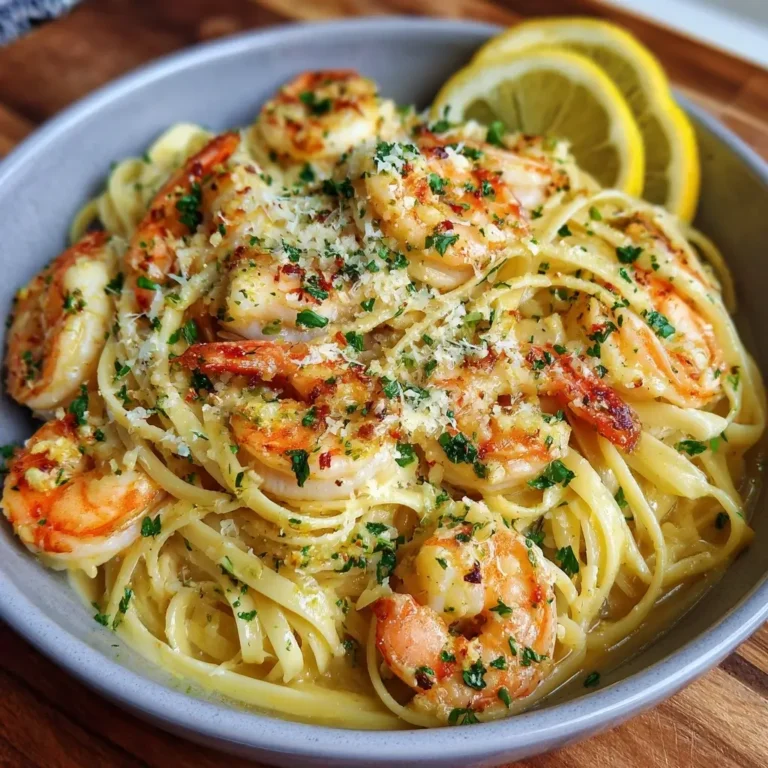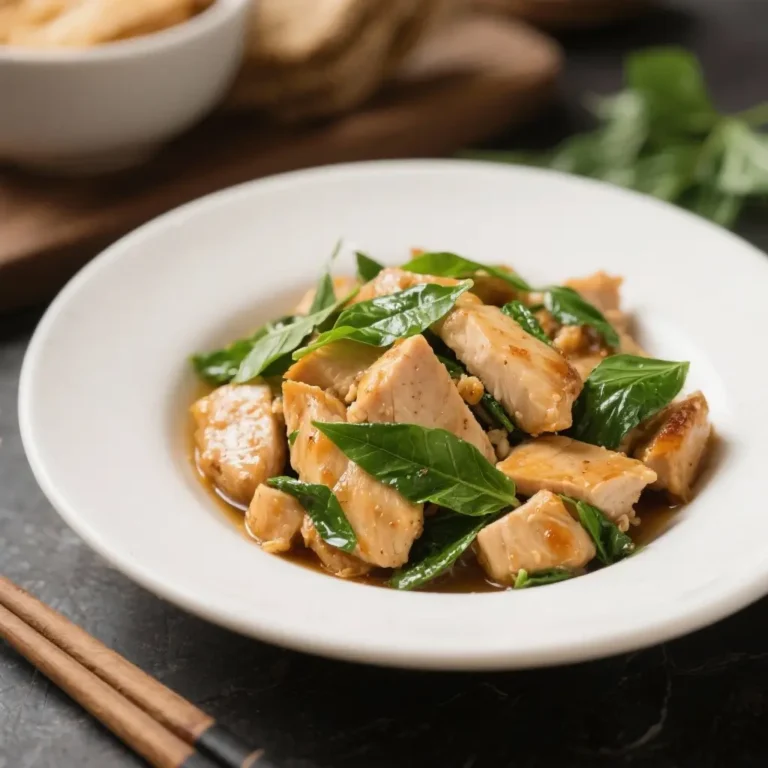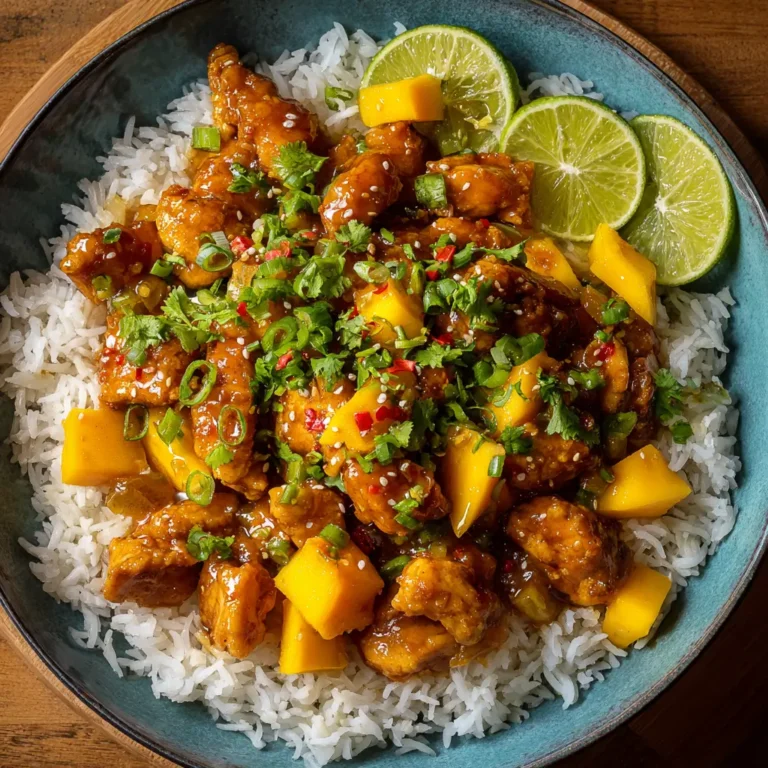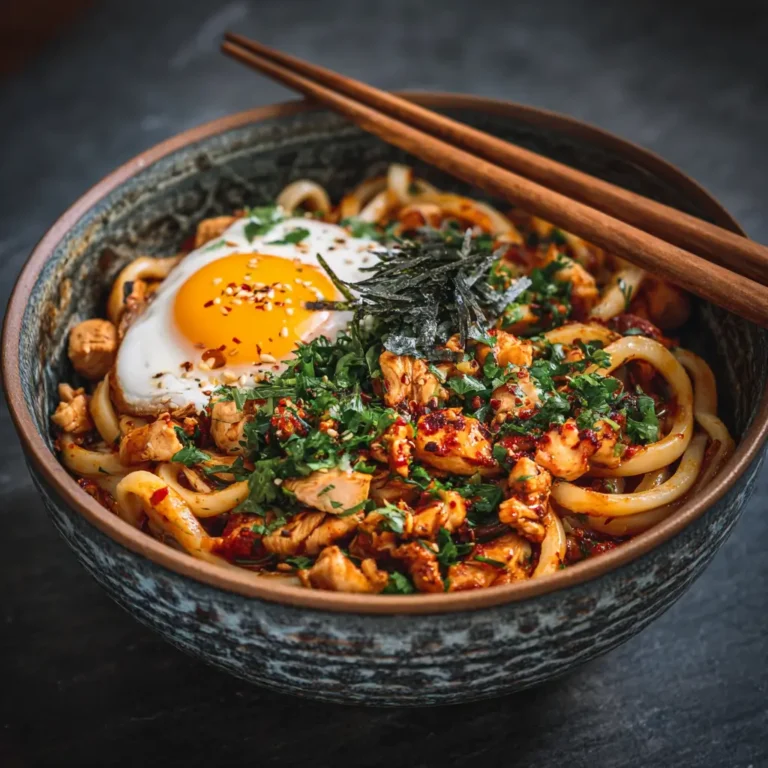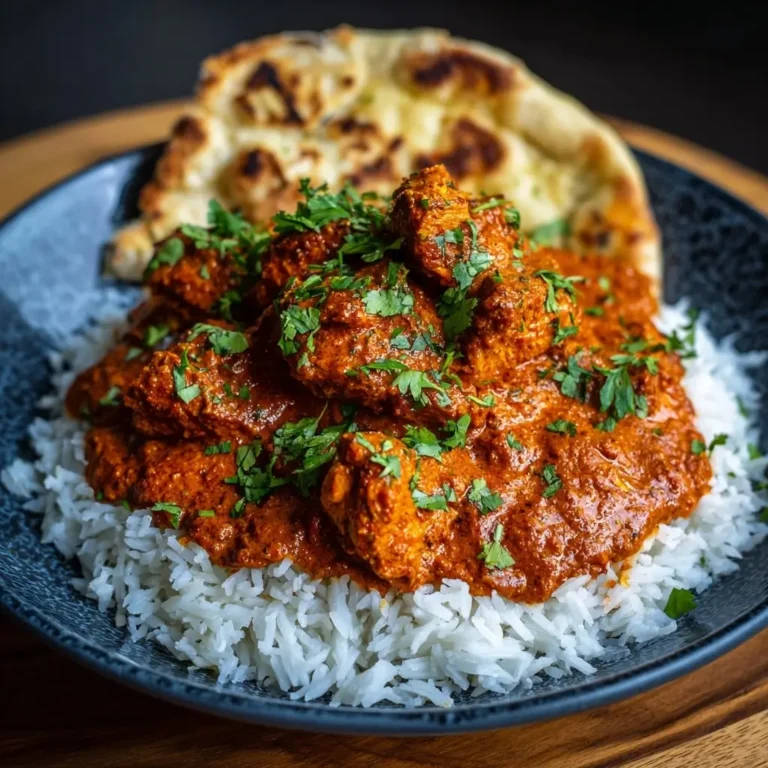Vegan Thai Peanut Noodles
Vegan Thai Peanut Noodles
Introduction
If you’re craving a dish that’s rich, creamy, and full of bold flavors without any dairy or animal products, look no further than Vegan Thai Peanut Noodles. This plant-based version of the classic Thai peanut noodles brings together the perfect balance of sweet, salty, nutty, and spicy elements — all in one satisfying bowl. Whether you’re vegan by choice or just curious to try something new, this recipe is sure to impress your taste buds and become a staple in your meal rotation.
The History
Thai peanut noodles, known in Thailand as “Guaytiew Hoy Tod” (though variations exist), are a popular street food often made with rice noodles, peanuts, and sometimes shrimp or chicken. As the global appetite for plant-based alternatives has grown, so too has the evolution of traditional recipes to suit vegan diets. The vegan adaptation substitutes animal proteins with tofu, tempeh, or seitan and uses natural peanut butter instead of versions with dairy or honey, making it not only vegan-friendly but also more inclusive for those with dietary restrictions.
Ingredients Breakdown
- Rice Noodles: A gluten-free base that absorbs the sauce beautifully.
- Peanut Butter: Creamy and rich, it gives the signature nutty flavor.
- Soy Sauce or Tamari: Adds depth and saltiness; tamari is gluten-free.
- Rice Vinegar: Offers a tangy contrast to balance the richness.
- Maple Syrup or Agave: For natural sweetness without refined sugars.
- Sriracha or Chili Garlic Paste: Brings the heat — adjust to taste!
- Lime Juice: Brightens up the entire dish.
- Garlic & Ginger: Flavor powerhouses that add warmth and complexity.
- Tofu or Tempeh: High-protein vegan options to keep the dish hearty.
- Vegetables: Common choices include shredded carrots, bell peppers, cucumbers, and green onions.
- Green Onions & Cilantro: For garnish and fresh aroma.
- Crushed Peanuts: Adds crunch and enhances the nutty profile.
Step-by-Step Recipe
- Cook the rice noodles according to package instructions. Drain and set aside.
- In a large bowl, whisk together peanut butter, soy sauce/tamari, rice vinegar, maple syrup, sriracha, lime juice, minced garlic, and grated ginger until smooth.
- Add cooked noodles to the sauce mixture and toss until well coated.
- Add sautéed tofu or tempeh and mix in.
- Fold in chopped vegetables like carrots, bell peppers, and cucumbers.
- Garnish with green onions, cilantro, and crushed peanuts before serving.
Tips
- Soak rice noodles in warm water if they’re dry, rather than boiling them, to avoid overcooking.
- Adjust the level of spiciness by varying the amount of sriracha or chili paste used.
- To make the dish extra creamy, add a tablespoon of coconut cream to the sauce.
- Use freshly squeezed lime juice for the best flavor — bottled doesn’t compare.
- If the sauce is too thick, thin it out with a splash of water or rice vinegar.
- For a deeper flavor, toast the sesame seeds lightly before sprinkling over the top.
Variations and Customizations
- Protein Swap: Substitute tofu with chickpeas, edamame, or seitan.
- Vegetable Additions: Try adding broccoli, snap peas, or shredded cabbage.
- Noodle Alternatives: Use soba, udon, or even zucchini noodles for a low-carb option.
- Mild Version: Skip the sriracha and add more lime juice for a gentler flavor.
- Coconut Twist: Stir in a spoonful of coconut milk into the sauce for a tropical flair.
- Warm Serving: Heat everything up and serve as a hot stir-fry instead of cold.
Health Considerations and Nutritional Value
This vegan Thai peanut noodle dish is packed with essential nutrients and healthy fats from peanut butter and vegetables. It’s naturally high in protein when tofu or tempeh is included and contains complex carbohydrates from the rice noodles. The use of natural sweeteners like maple syrup keeps added sugar levels moderate compared to conventional sauces. Additionally, the absence of dairy and processed ingredients makes it suitable for vegans, gluten-free eaters (if using tamari), and those avoiding refined foods. Always be mindful of sodium content from soy sauce and adjust accordingly if on a low-sodium diet.
Ingredients
- 8 oz rice noodles
- 1/4 cup creamy peanut butter
- 2 tbsp soy sauce or tamari
- 1 tbsp rice vinegar
- 1 tbsp maple syrup or agave
- 1 tsp sriracha (adjust to taste)
- Juice of 1 lime
- 1 clove garlic, minced
- 1 tsp grated ginger
- 1/2 block firm tofu or 1 cup crumbled tempeh
- 1 carrot, julienned or shredded
- 1/2 red bell pepper, sliced
- 2 green onions, chopped
- Fresh cilantro, for garnish
- 1 tbsp crushed peanuts
Directions
- Bring a pot of water to a boil. Cook rice noodles according to package instructions until al dente. Drain and rinse with cold water to prevent sticking. Set aside.
- While the noodles cook, prepare the sauce: In a mixing bowl, combine peanut butter, soy sauce, rice vinegar, maple syrup, sriracha, lime juice, garlic, and ginger. Mix thoroughly until smooth. Add a few tablespoons of water if the sauce is too thick.
- In a non-stick pan, sauté cubed tofu or tempeh with a splash of soy sauce until golden brown and crispy around the edges. Set aside.
- In a large bowl, combine noodles, tofu or tempeh, carrots, bell pepper, and green onions.
- Pour the sauce over the noodles and toss gently to coat everything evenly.
- Serve chilled or at room temperature, garnished with cilantro and crushed peanuts.
FAQ
Can I make this ahead of time?
Yes! Store in an airtight container in the fridge for up to 3 days. The noodles may absorb some sauce, so consider adding a little extra vinegar or water before serving again.
Is this recipe gluten-free?
If you use tamari instead of soy sauce and check that your noodles are certified gluten-free, yes!
How can I make it spicier?
Add more sriracha or include finely chopped fresh chilies like Thai bird chili or serrano peppers.
What can I substitute for peanut butter?
Almond or cashew butter works well, though the flavor will change slightly. Sunflower seed butter is a great allergen-friendly alternative.
Can I use regular soy sauce if I’m not gluten-free?
Absolutely. Just note that traditional soy sauce contains wheat, so opt for tamari if needed.
What are good side dishes to pair with these noodles?
Serve alongside steamed edamame, miso soup, or a simple Asian salad for a complete meal.
Summary
Vegan Thai Peanut Noodles are a delicious fusion of creamy, savory, spicy, and tangy flavors packed into one easy-to-make, nutritious dish. Loaded with plant-based protein and vibrant vegetables, they’re perfect for a quick lunch or dinner that satisfies every craving without compromising your values or health.


